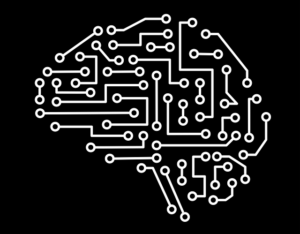A few weeks ago we published an article talking about the differences between AI and Machine Learning. To summarize, AI is a field of data science and Machine Learning is one of its main branches to managing to replicate human cognitive capacity. You can look at our article for more details. As we observed, there is […]


Leave a Reply